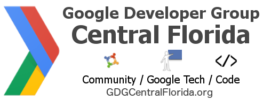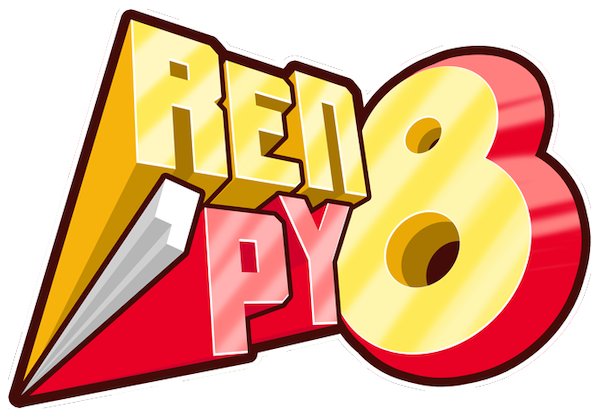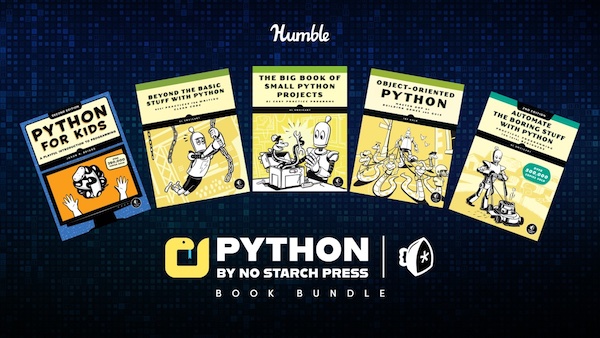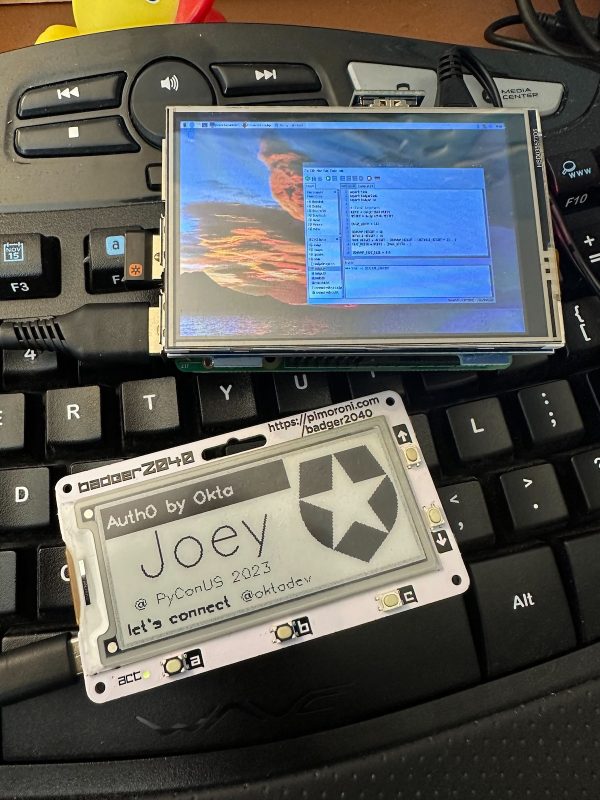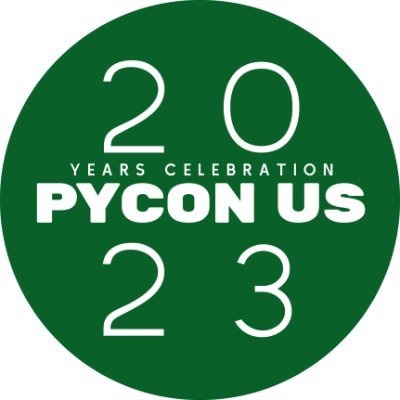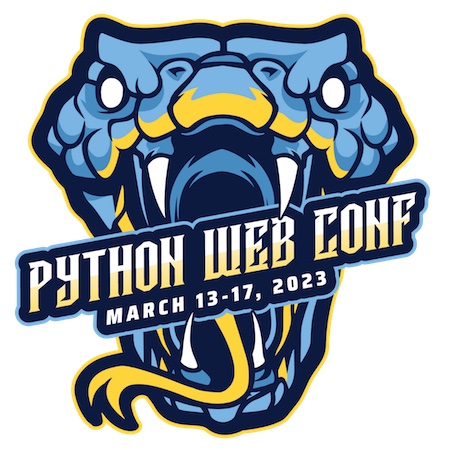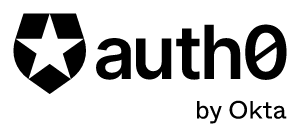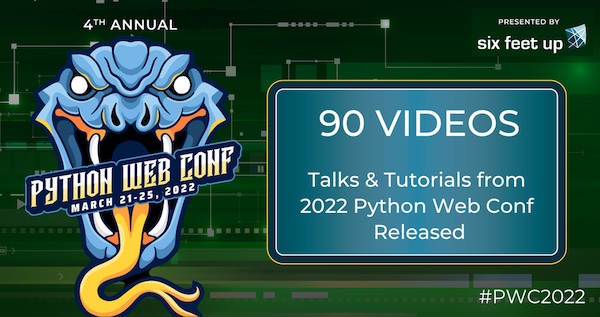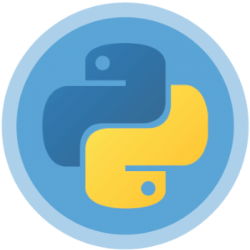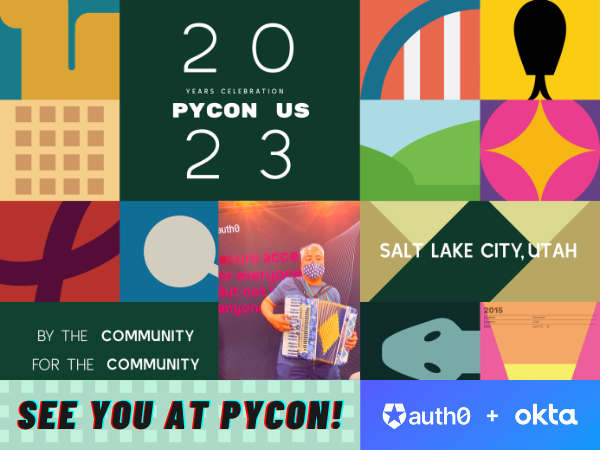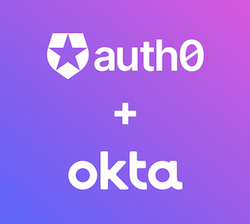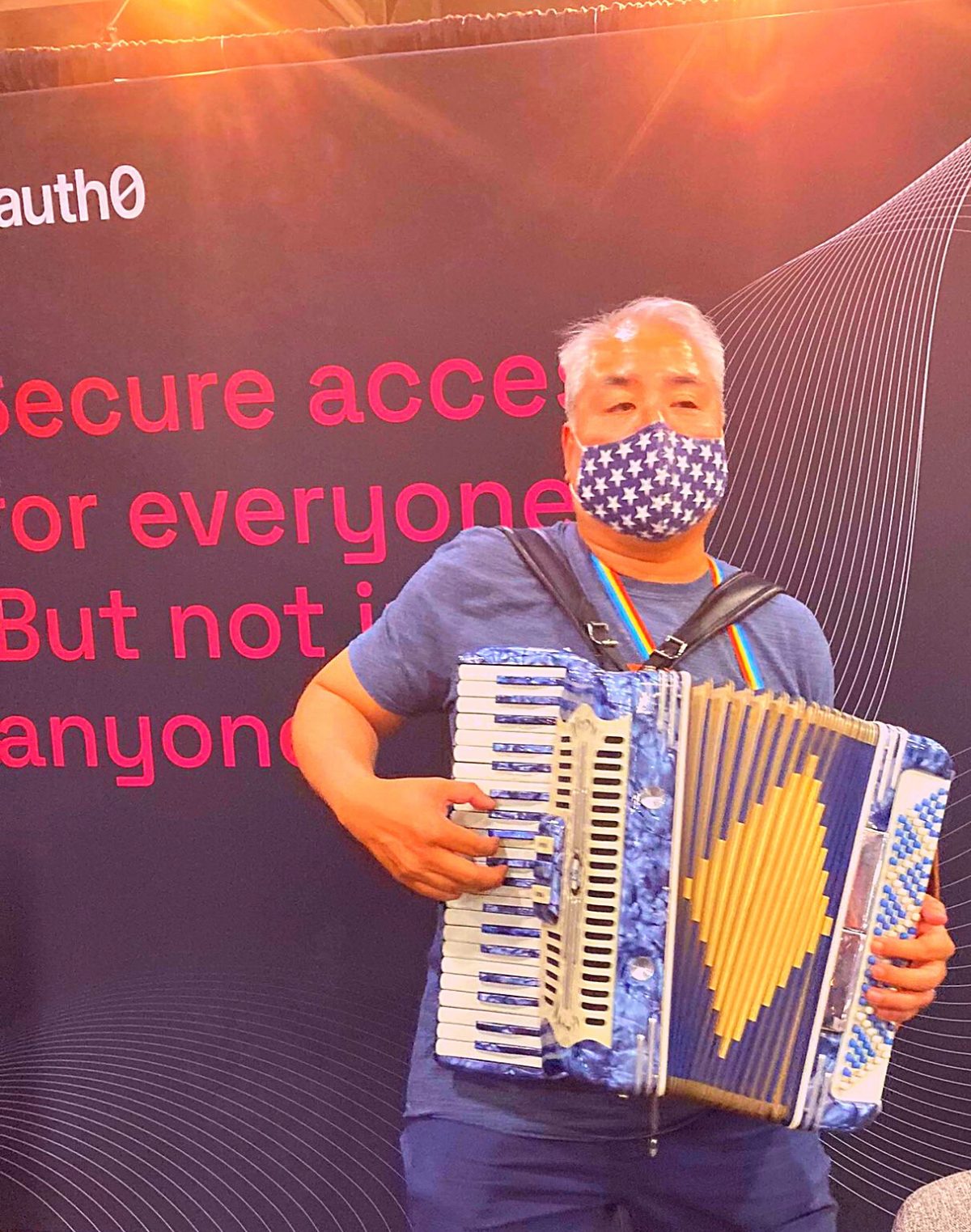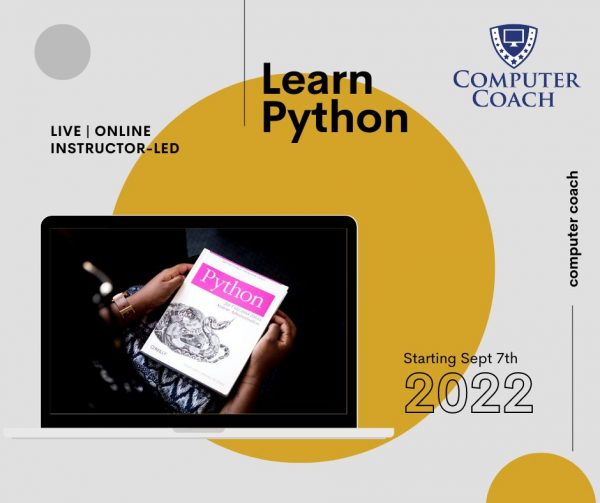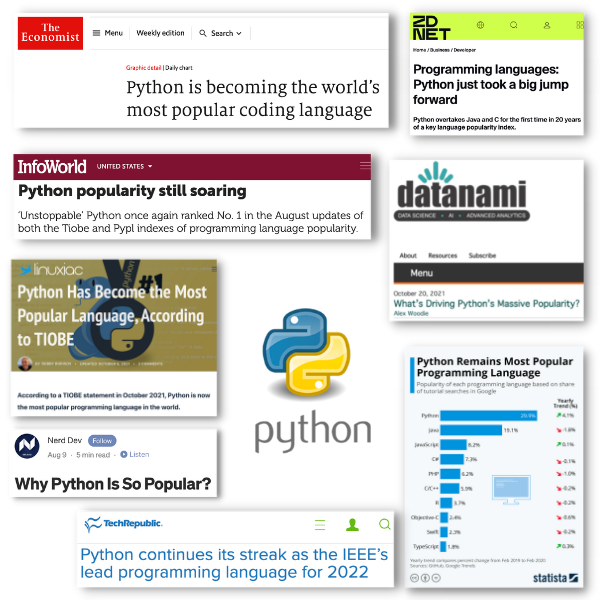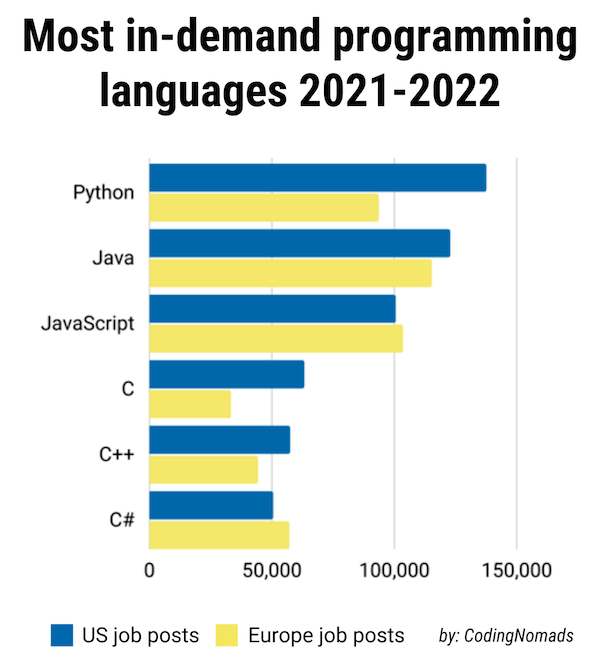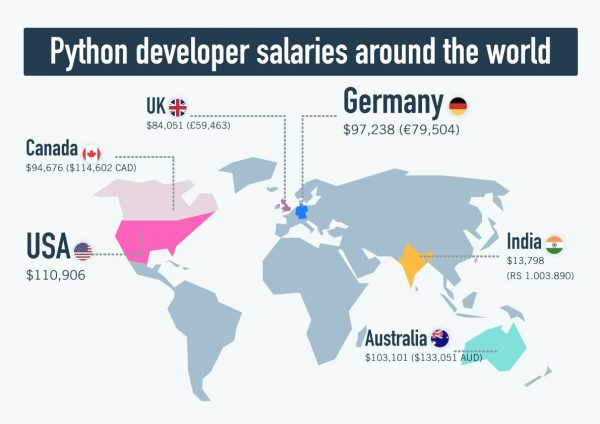
It’s a turn-based combat game featuring Florida Man vs. the world’s worst cow.
Next Thursday, May 25th, I’ll be speaking at the Google Developer Group Central Florida Meetup, giving a presentation titled The Beginner-Friendly Android Dev Tool You Didn’t Know About!
It’ll take place at Design Interactive, located at 3501 Quadrangle Blvd in Orlando, and it’ll take place from 6:30 p.m. to 8:30 p.m.
So what’s this beginner-friendly Android dev tool that we don’t know about?

It’s Ren’Py, a “visual novel engine” that makes it easy to create visual novels — interactive stories featuring a combination of text, images, sound effects, and music — that run on computers and mobile devices.
There are a couple of ways to think of visual novels:
- As a “Choose Your Own Adventure”-style book, but in electronic form, and backed with visuals, sound effects, music, and interactivity, or
- As a story-driven, turn-based multimedia game, which can fit any number of genres, including adventures, simulations, or role-playing games.
What will Joey cover at the meetup?
In this meetup, Joey’s presentation will cover:
- A quick intro to visual novels, including some delightfully ridiculous ones like Attack Helicopter Dating Simulator and I Love You, Colonel Sanders.
- A tour of Ren’Py and its basic features.
- A look at the code of a beginner-friendly project: a “Choose Your Own Adventure”-style game/novel.
- A look at the code of a more advanced project: Attack on Walmart, a turn-based combat role-playing game.
- Q&A, which in this case means Questions and Accordion!
Why is it called Ren’Py?

Ren’Py is a portmanteau of ren‘ai (恋愛), Japanese for “romantic love”…

…and Python, the programming language in which it’s implemented, and one of the languages you can use to create Ren’Py visual novels / games.
How much programming do I need to know to make visual novels or games in Ren’Py?
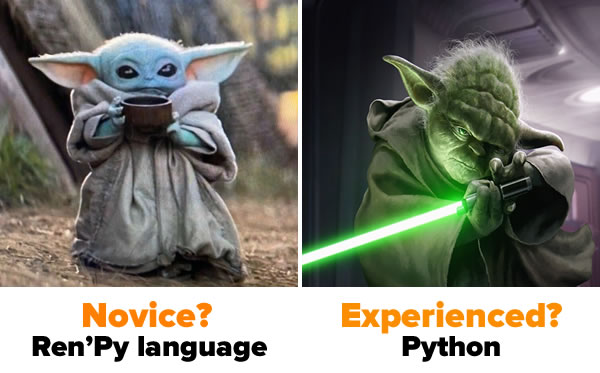
You’ve got options!
- If you’re new to programming, Ren’py provides a scripting language that’s easy enough to let you get started writing visual novels after a couple of minutes’ worth of learning, but powerful enough to add a surprising amount of interactivity.
- If you know Python or are an experienced programmer, you can harness the entire Python language and its libraries and geek out to your heart’s content.
And, yes, you can program using a mix of both Ren’Py’s programming language and Python.
What platforms can I use to develop Ren’Py visual novels and games?
You can run the Ren’Py development tool on Windows, macOS, and Linux…

…and with a little work, you can even do Ren’Py development on a Raspberry Pi!
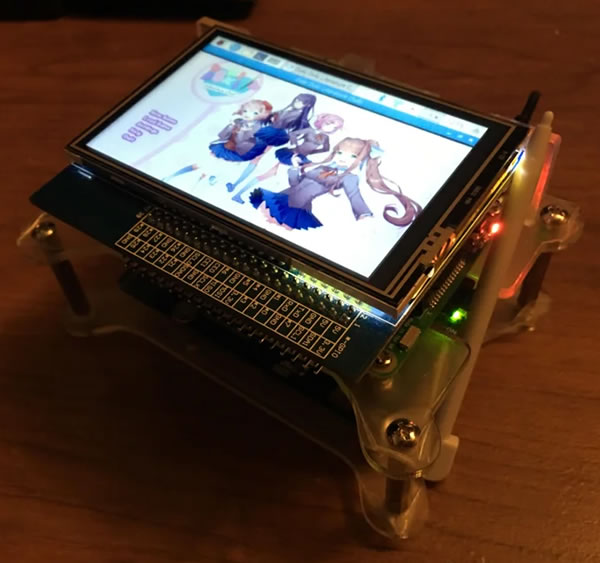
What platforms do Ren’Py visual novels and games and run on?

The point of my presentation is that you can use Ren’Py to build visual novels and games for Android. Ren’Py can convert your scripts into an Android Studio project, which you can then deploy to your Android device or submit to the Play Store.
You can also deploy apps to:
- Windows
- macOS
- Linux
- iOS
And with more work (and the right amount of luck), you can deploy your Ren’Py-based works on Steam. Here’s a list of Steam’s Ren’Py-based games.
I have only two questions: “How much?” and “Give it to me!”
Ren’Py is open source and free as in beer — that’s right, it costs nothing to download, use, or to deploy your Ren’Py creations to the world! You can download Ren’Py from its site, renpy.org.
Once again, where and when is this fabulous meetup where I can learn about the beginner-friendly Android dev tool you didn’t know about?
- Where: Design Interactive, located at 3501 Quadrangle Blvd in Orlando.
- When: Thursday, May 25, 6:30 – 8:30 p.m.
- Register here!
